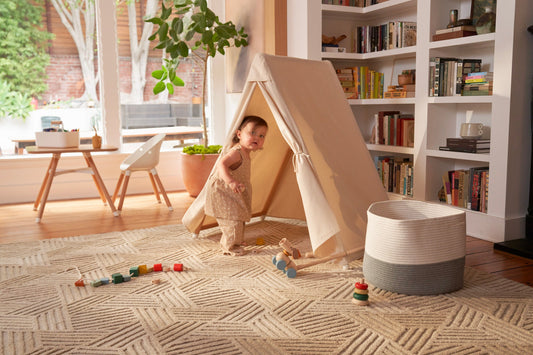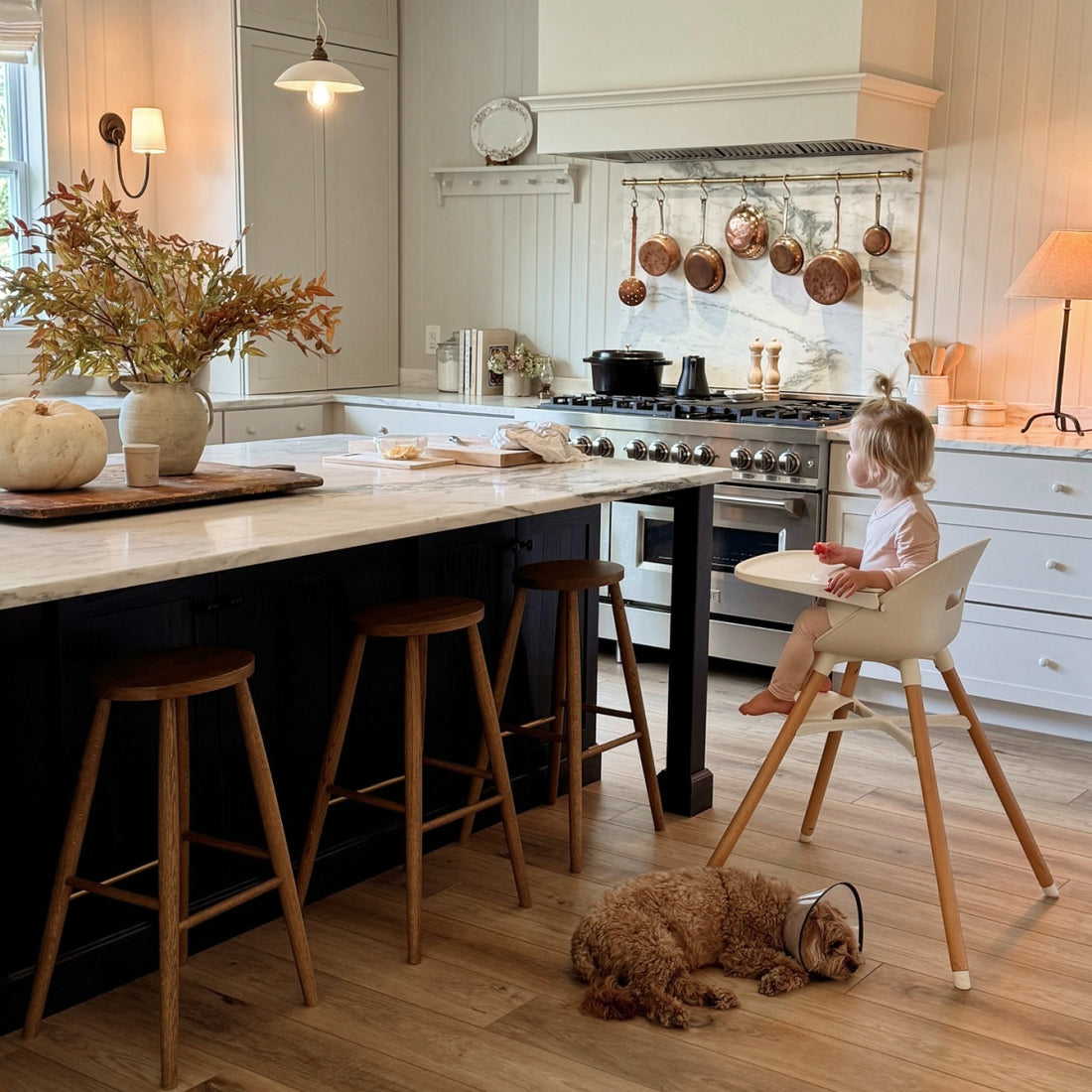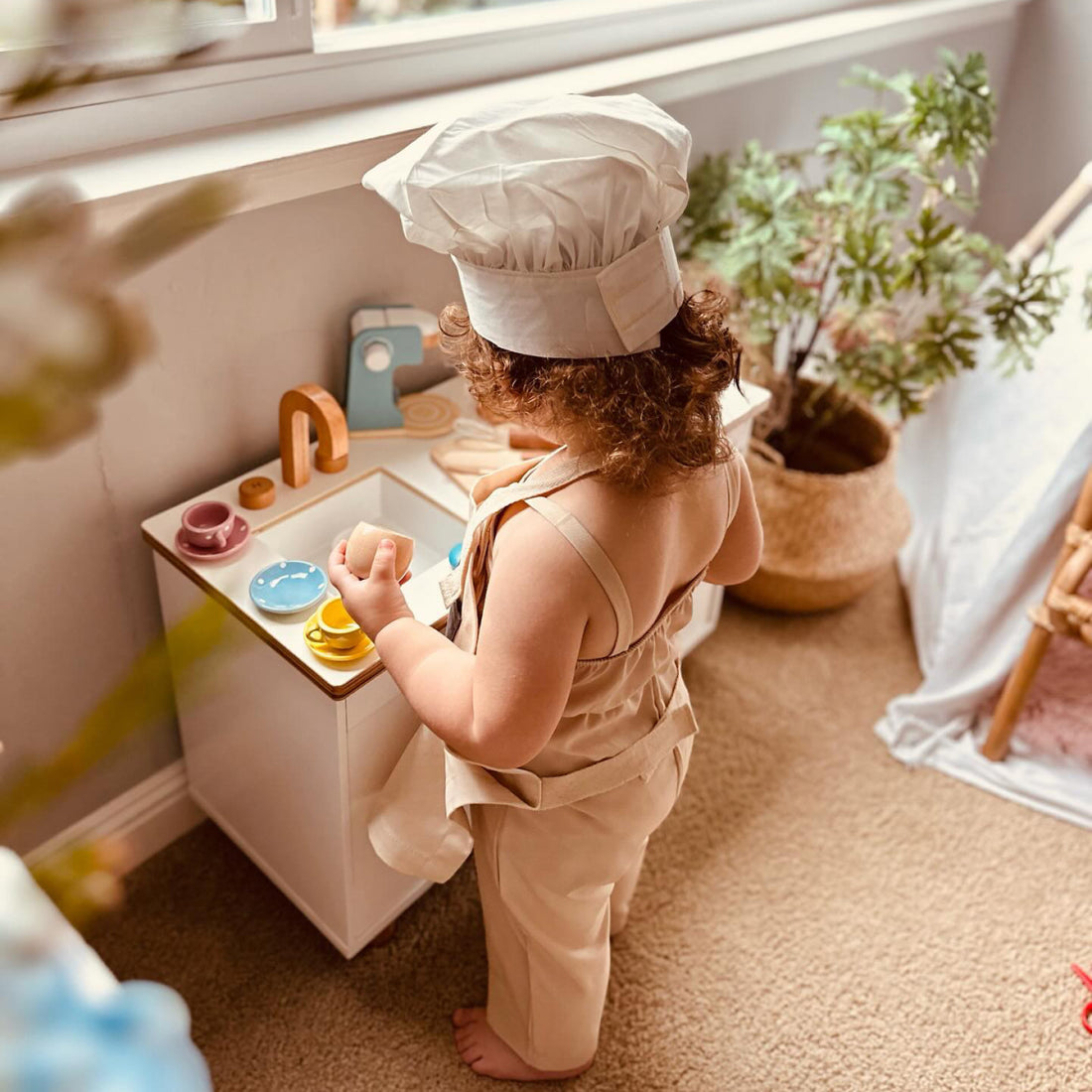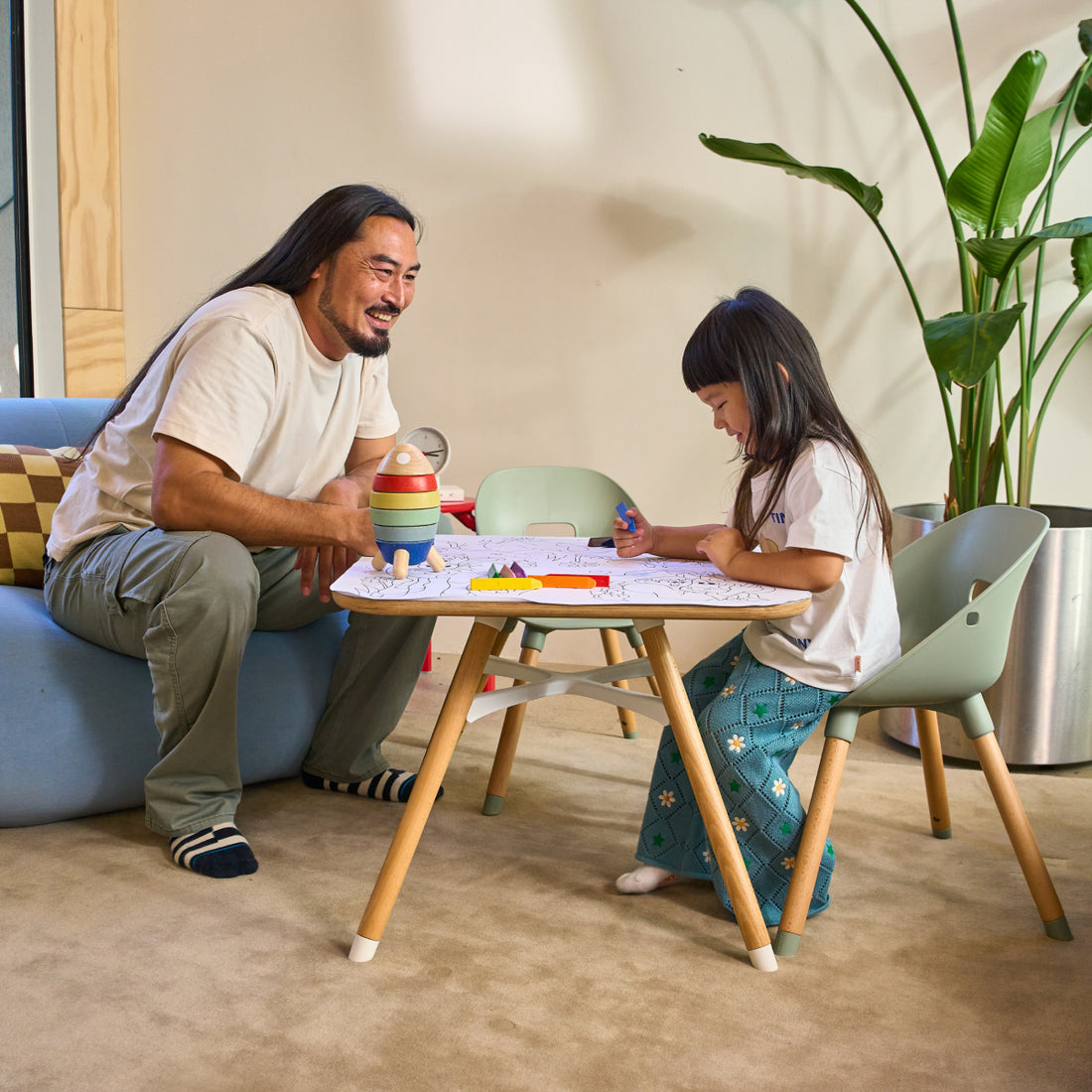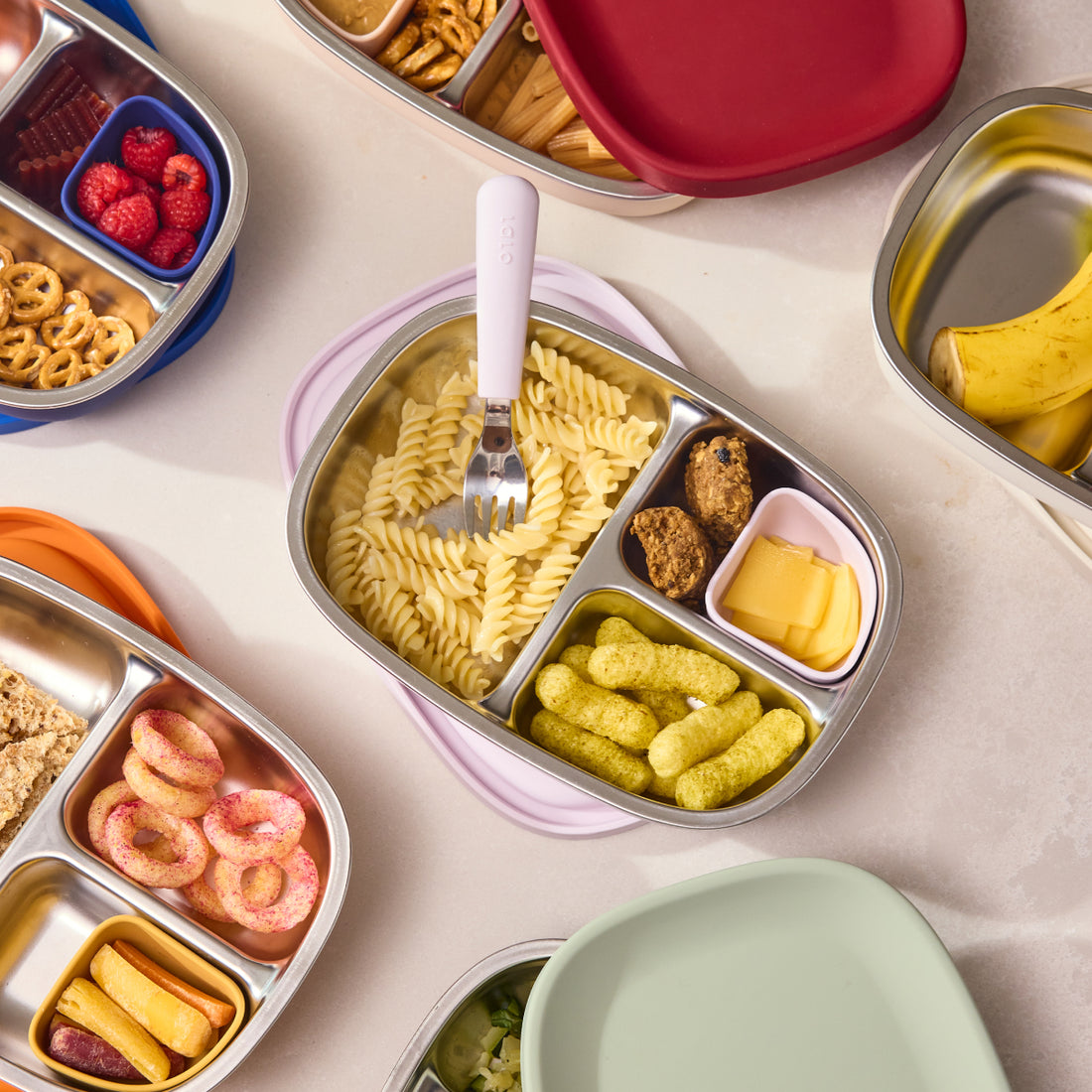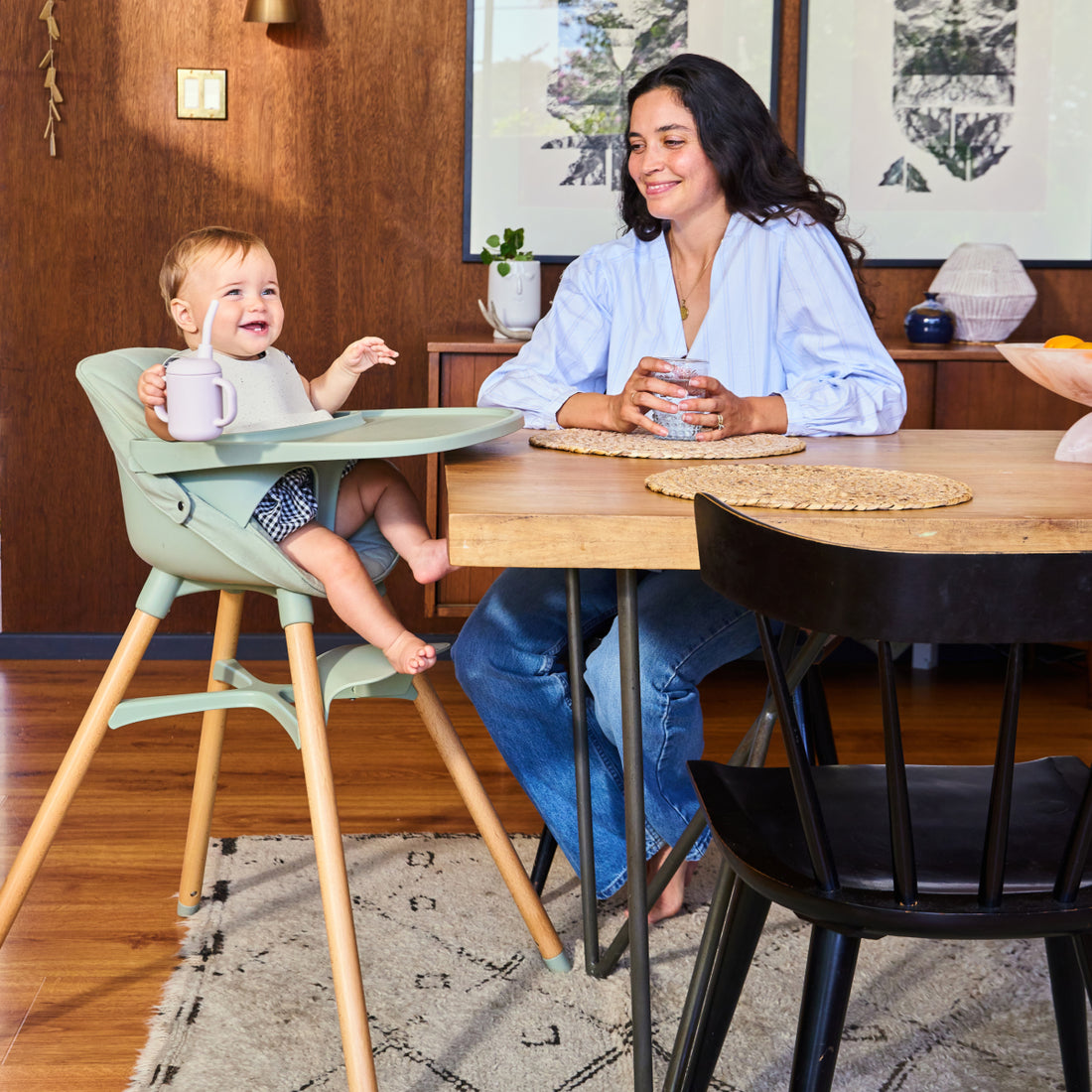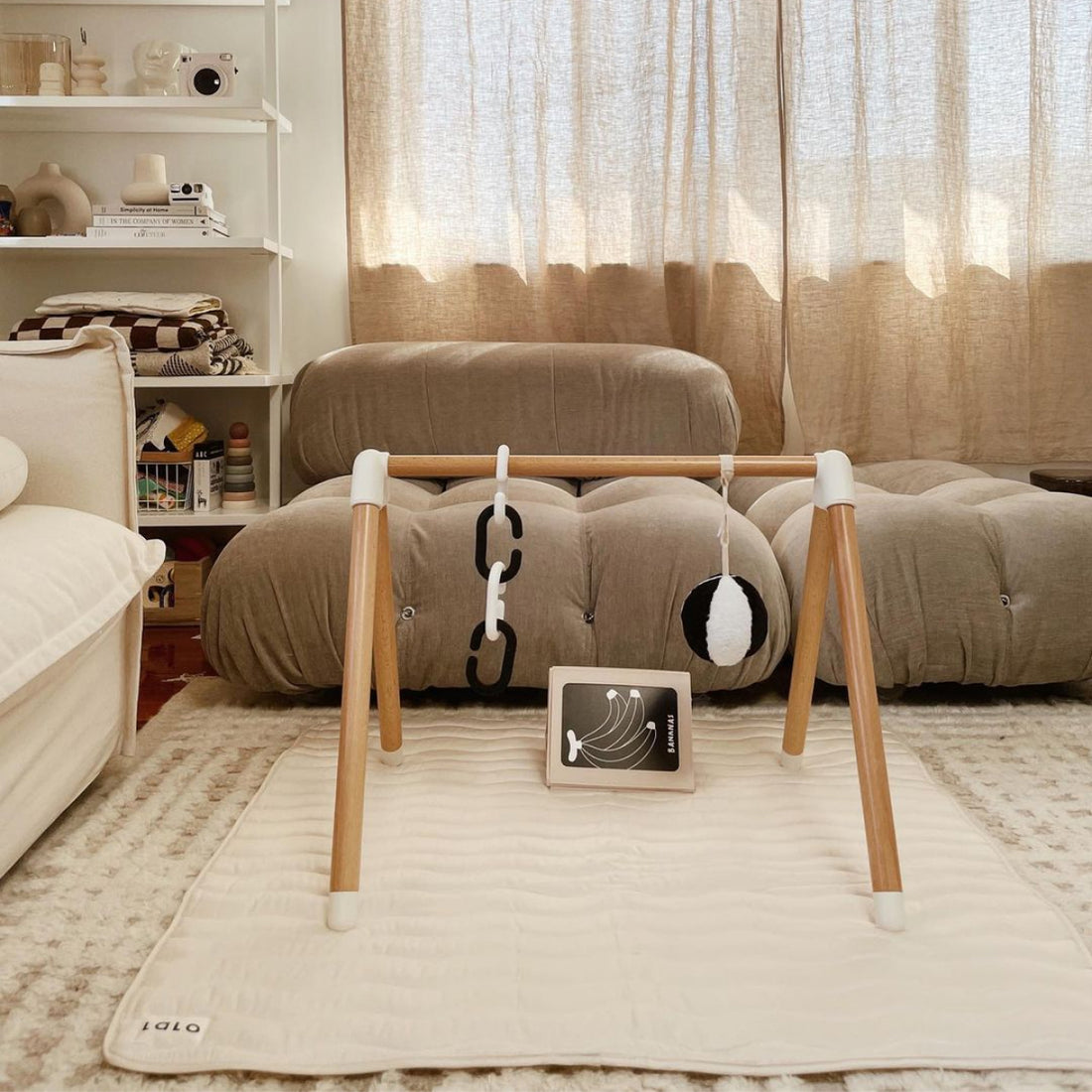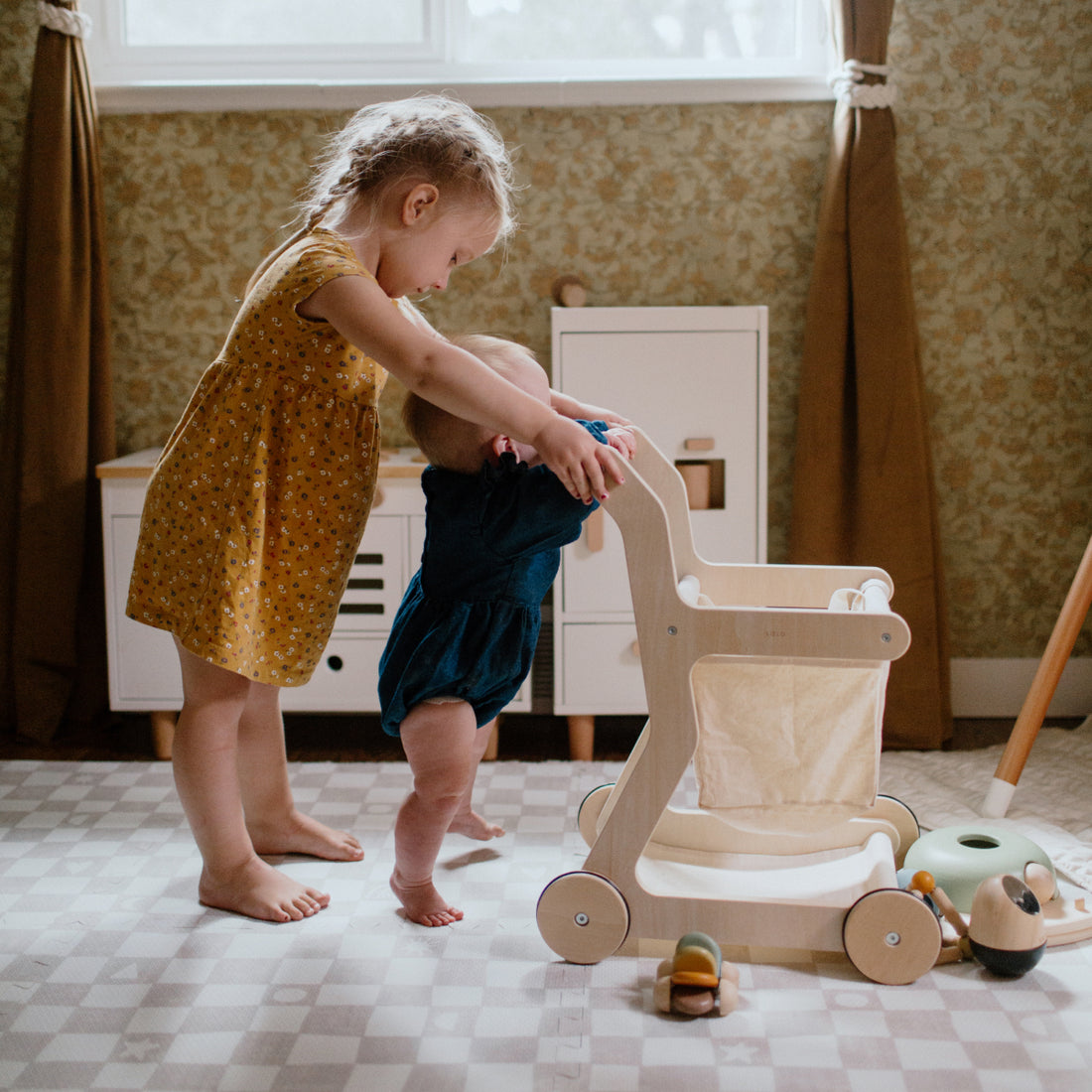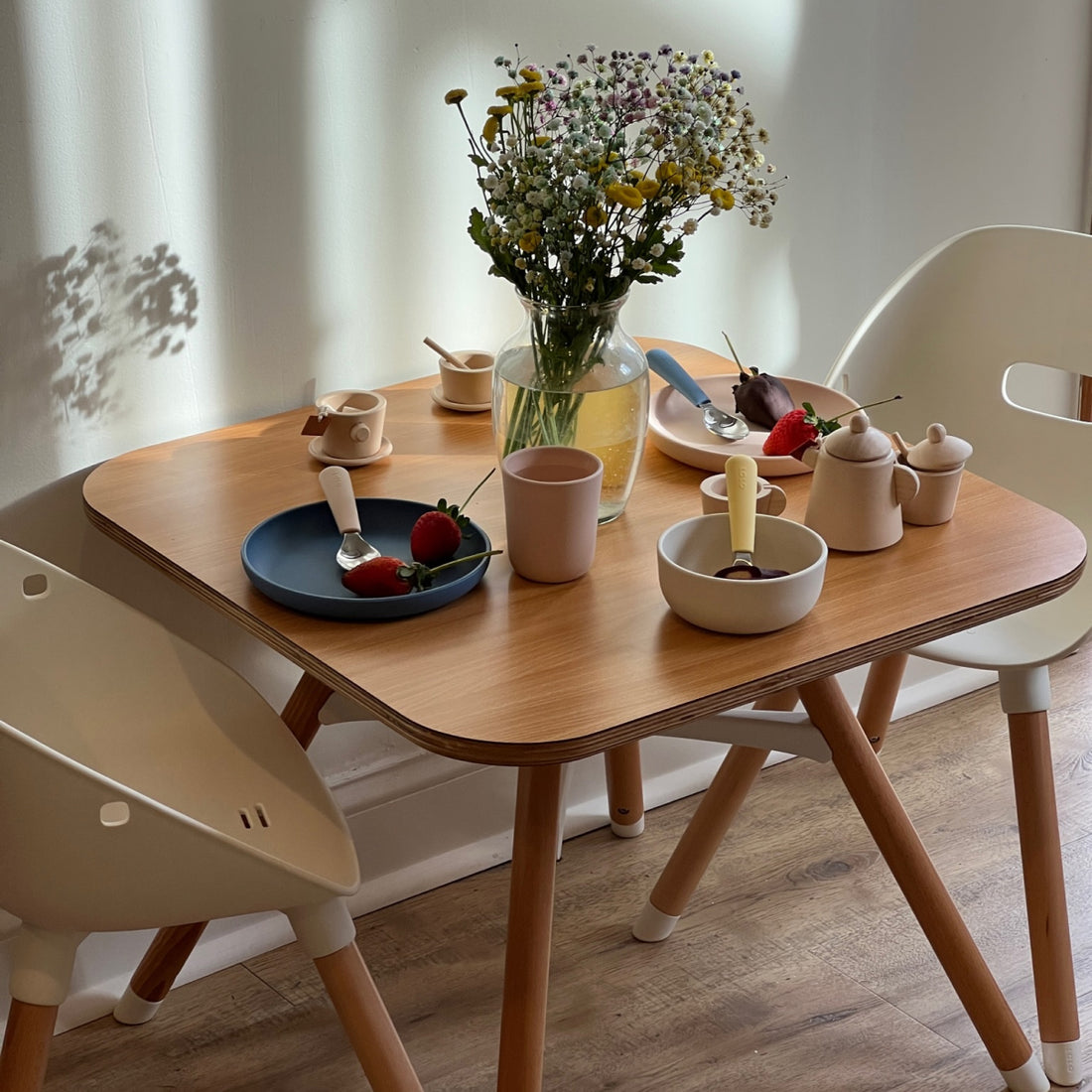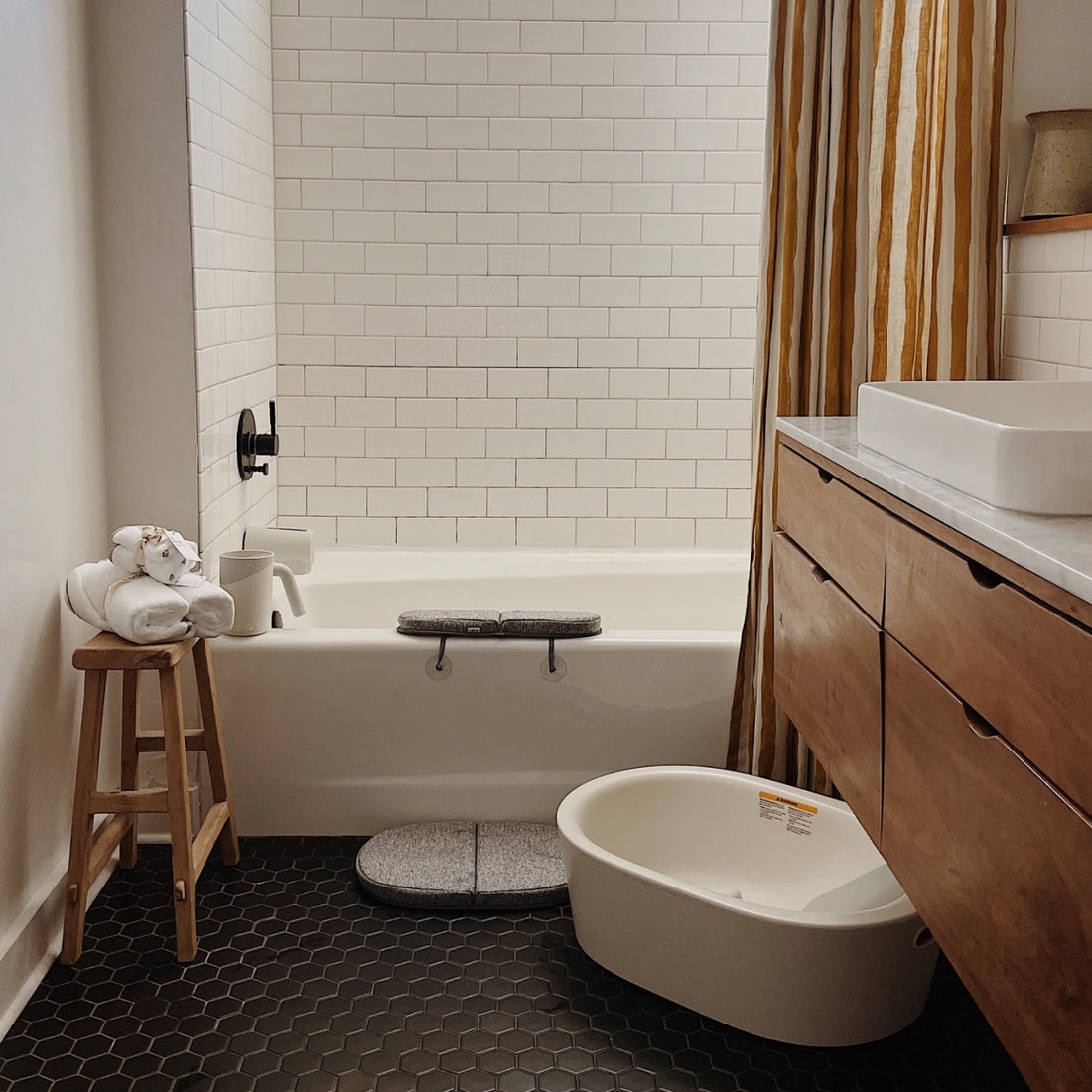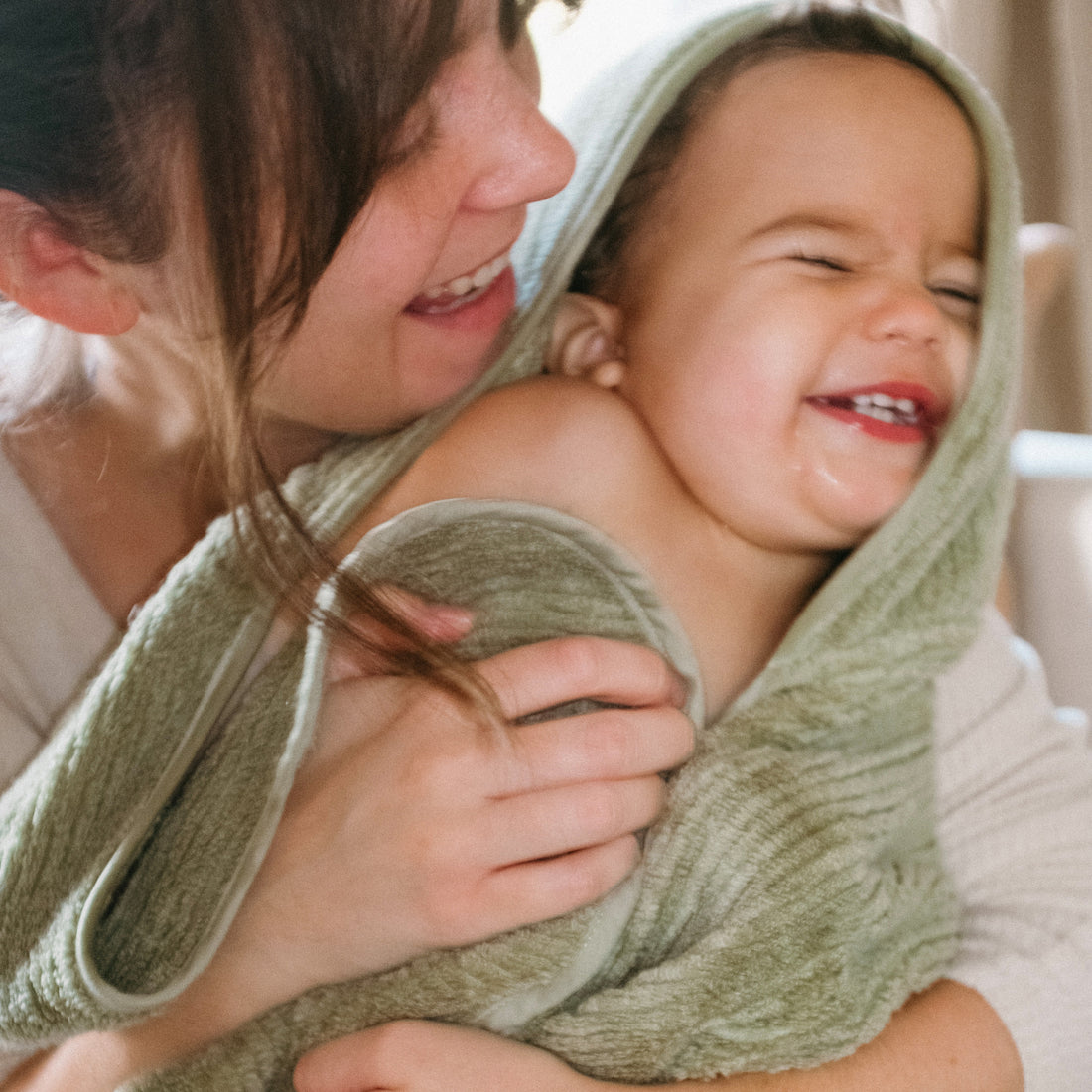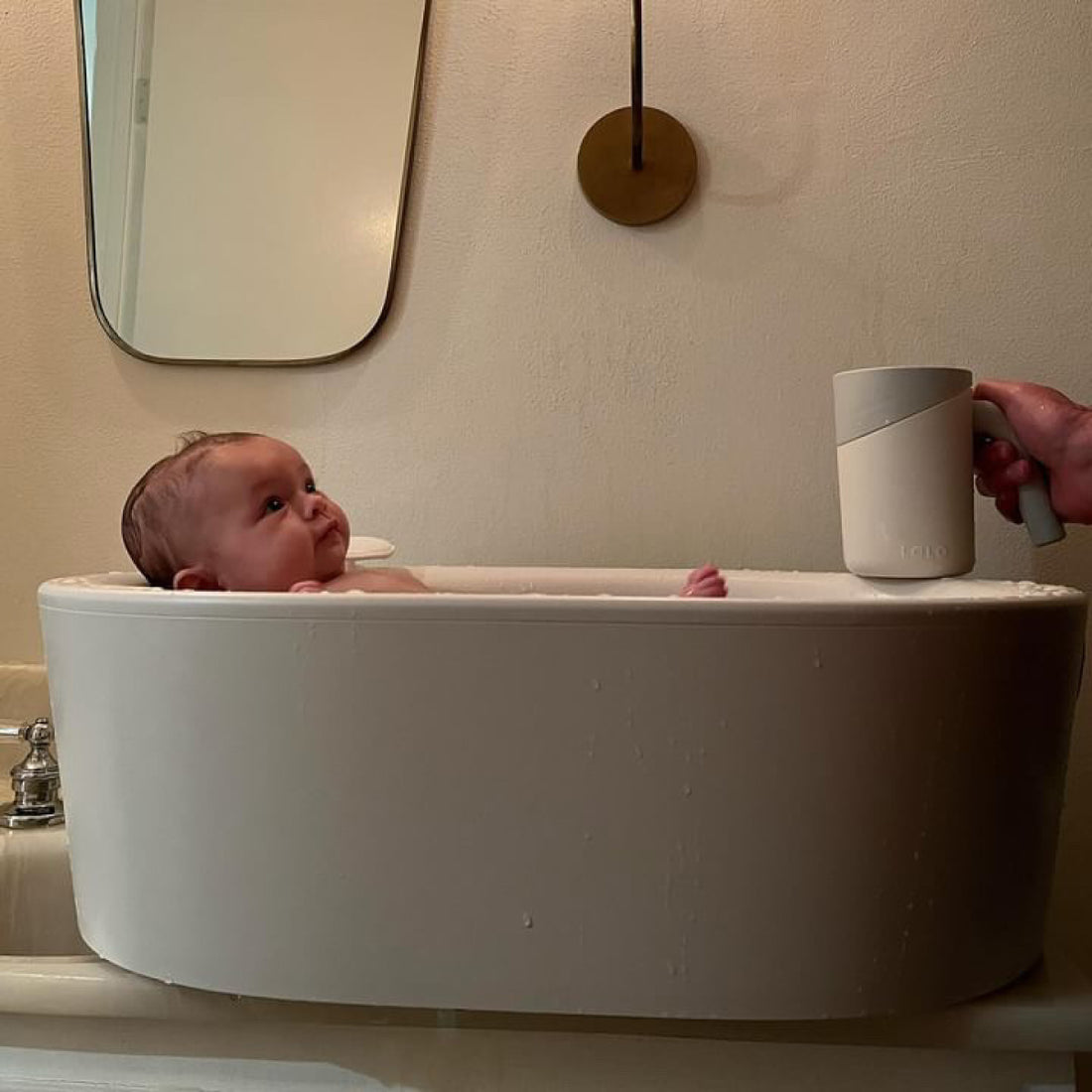By Courtney Gault, Founder of Greenwich Play
An organized play space is pivotal for safety and reduces distractions and frustrations, enabling a child to engage with their play thoughtfully. When a play space is organized in a way a child understands, it subtly teaches them the value of order and responsibility, promotes independence, and allows them to seamlessly transition between activities, thus maximizing their learning and enjoyment.
Here are five simple strategies for maintaining an organized play space.
-
Organize the space in a way that will influence the type of play expected. A well-organized space provides cues for imaginative exploration. For instance, a corner lined with bookshelves and a Quilted Basket of stuffed animals, pillows, and blankets inspires a child to cozy up and delve into a story. Conversely, a room with endless stuffed animals with no clear home can lead to cluttered, unused space.
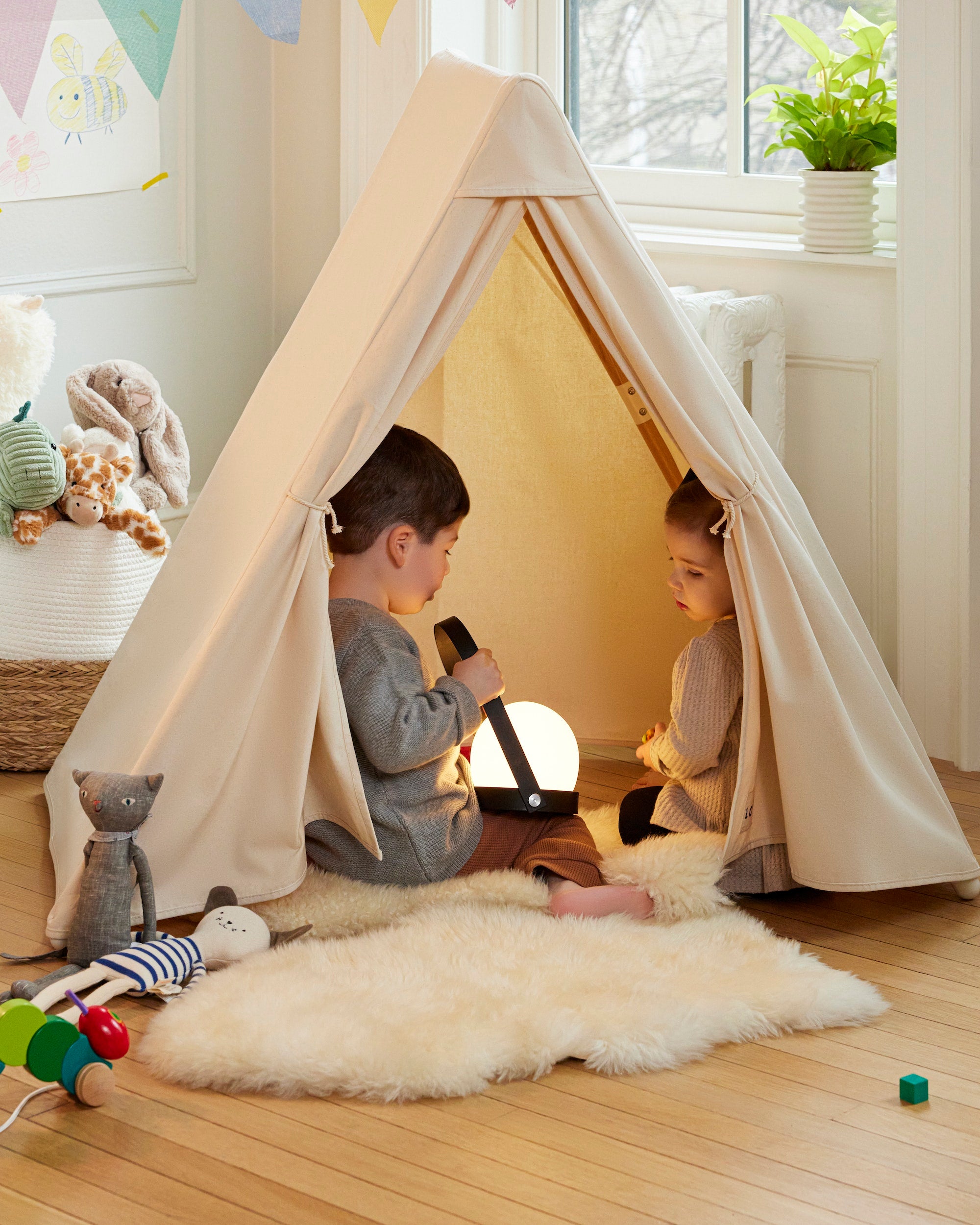
-
Limit the hassle your child has to go through to find what they want or need. Minimizing challenges a child may face when locating materials creates an environment conducive to learning, exploration, and developing essential life skills. It also ensures your child will use the resources available to them more purposefully. For example, using the The Caddy for markers increases the chances supplies won't dry out because they’re misplaced. It also allows caregivers to put away materials when they don’t want to see them in use!
-
Define areas of the room using furniture and materials. Defining areas of a room with furniture and materials inspires play to occur organically and purposefully. For example, using the Play Kitchen to delineate between the pretend play area and the building area allows for efficient use of space and activity. Using furniture to set boundaries enhances the room's aesthetics and facilitates intuitive movement within the space, helping your child engage with the environment in more meaningful ways.

-
Suggest toys or materials that can be used in a variety of ways. Multi-purpose toys encourage open-ended play, allowing children to use their imagination, invent new games, and problem-solve purposefully. These types of materials tend to engage children for longer periods, offering more opportunities for exploration (and long-term value). We love The Play Tunnel because it is the definition of versatile and open-ended. Of course, it can support gross motor development - after all, it is the best part of any obstacle course. But it could also be a raceway, a spaceship, the perfect hide-and-seek spot, a train tunnel, a cozy reading spot, and so much more. One item that can be used in many ways is what we like to call a Playroom Hero.
-
Select developmentally appropriate materials. Selecting developmentally appropriate materials for a play space is paramount to fostering a child’s development, but it can be challenging to rely on caregivers to choose the right toys. That’s why we love the Play Boxes. Developmentally appropriate materials cater to a child's current cognitive, physical, and emotional stage and create opportunities to develop new skills. Each Play Box not only includes thoughtfully curated materials, it also includes a Play Guide, which explores each toy, and helps caregivers support meaningful play experiences.
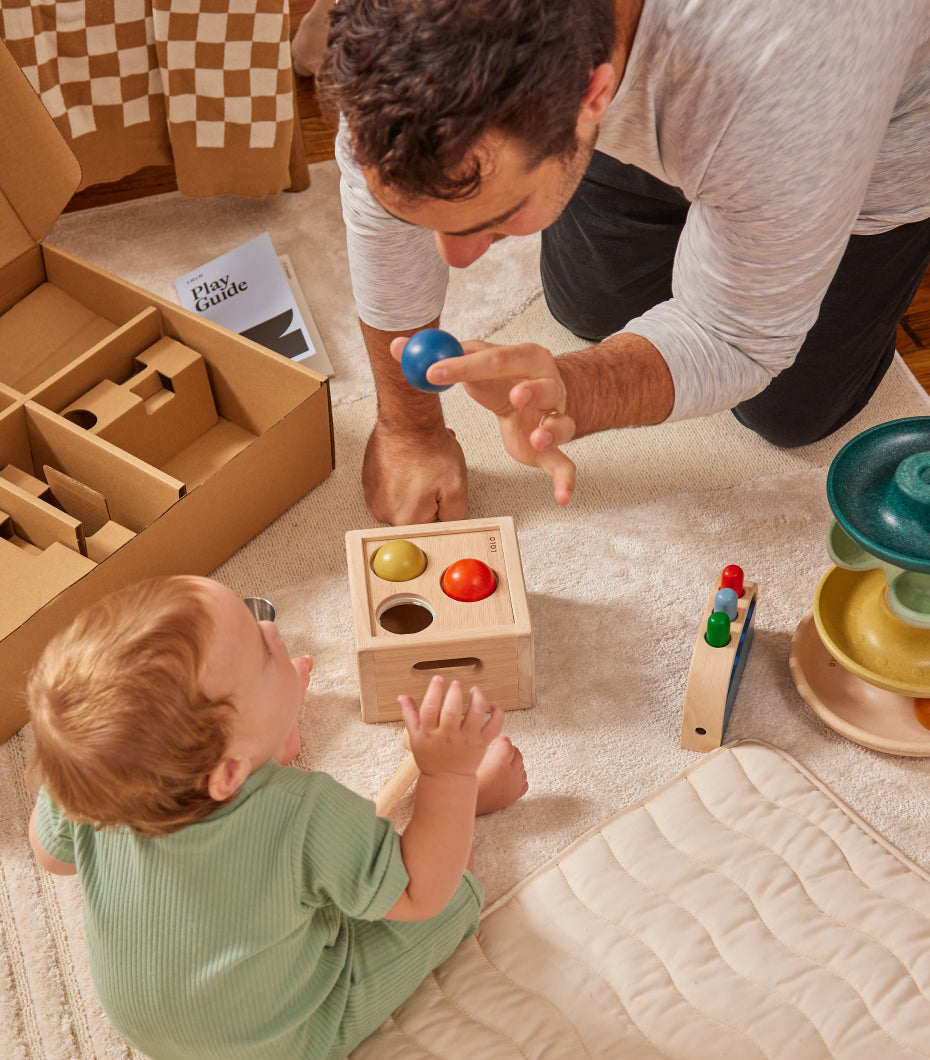
Meet the expert
Courtney Gault, Founder or Greenwich Play
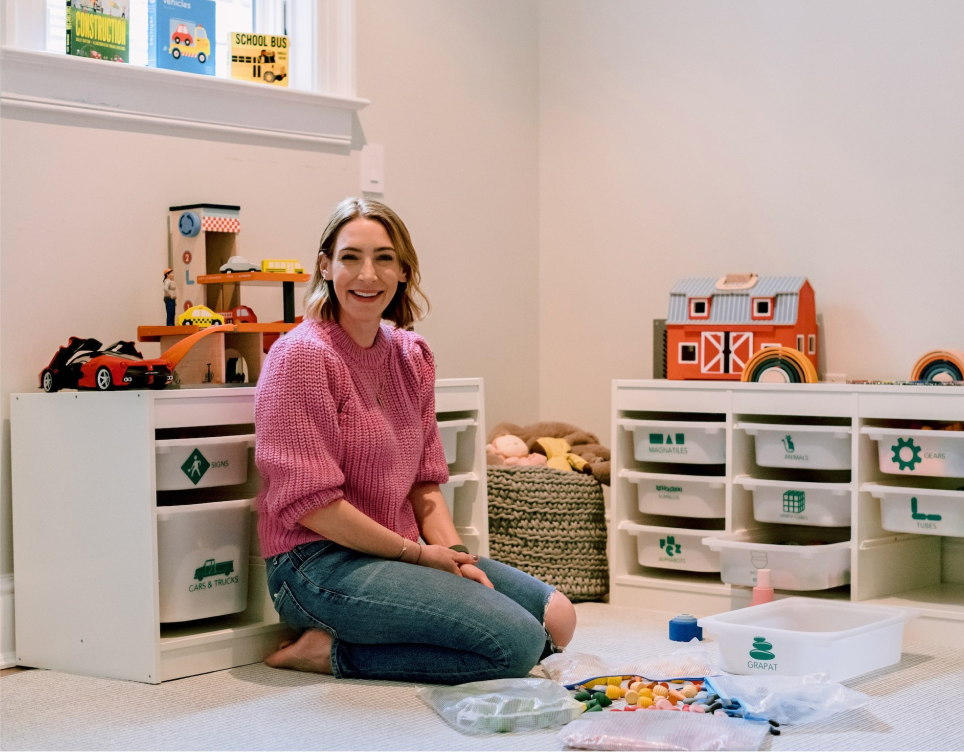
Greenwich Play provides family-focused interior design services to parents looking to incorporate style, functionality, and fun into their homes. Through client consultation, research, and experience, we develop and present concepts that support a family's current needs and future goals and use a space most efficiently. To learn more about how we can help your family, schedule an appointment today!
Courtney is an early-childhood educator and interior designer who transitioned from the classroom to focus solely on creating beautiful, functional spaces throughout the entire home that the whole family can enjoy. She holds a dual master’s of science in early childhood general and special education, as well as a master’s of art.

